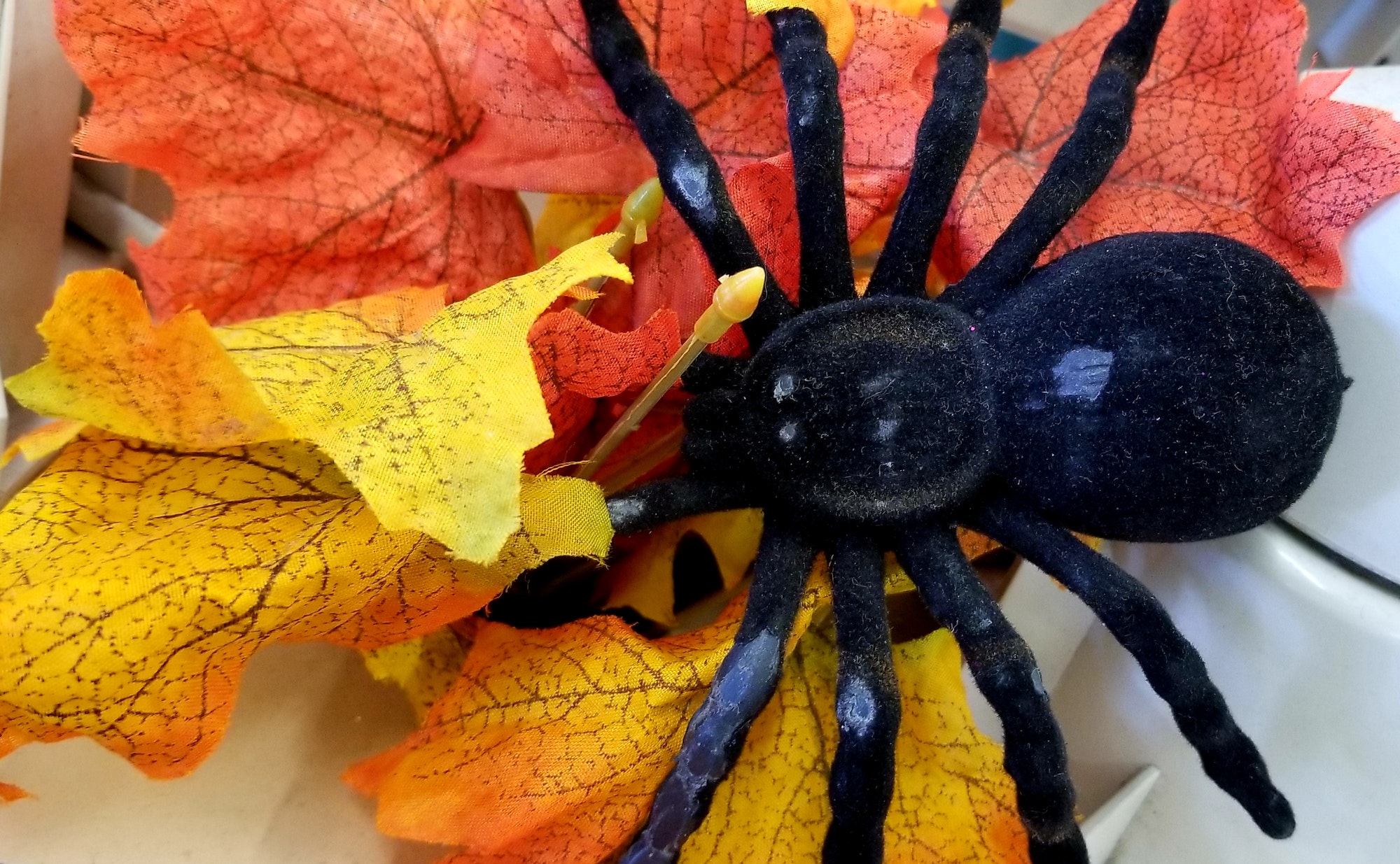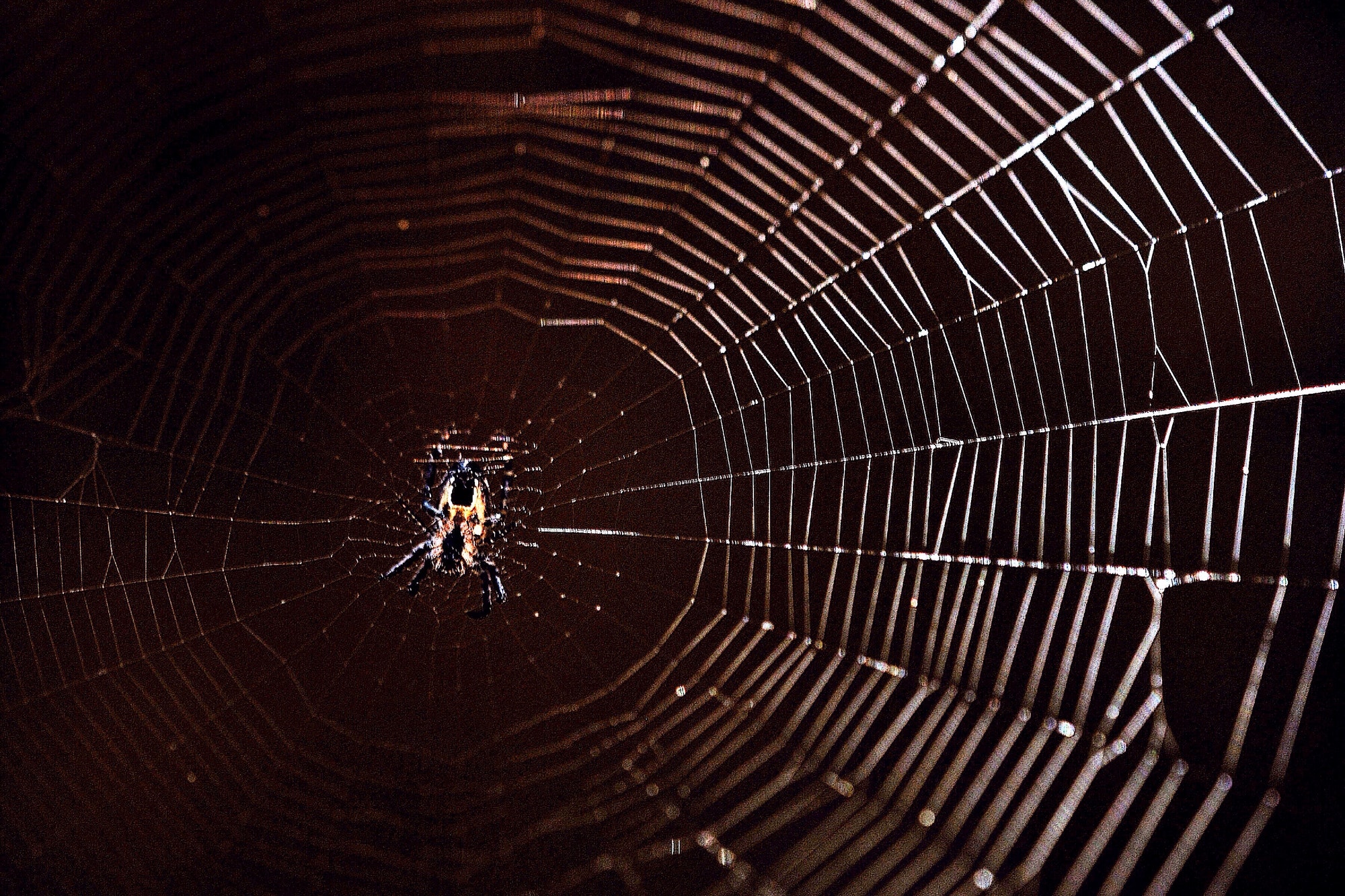Which Spiders in The U.S Are Venomous?
Although all spiders should be avoided at all costs, some are not as dangerous as others. Most spiders do give off venom in their bites, however only few can actually be dangerous for humans. Some spider species that give off painful bites, but are not harmful are the mouse spider, the black house spider, and the wolf spider (Dengarden). Local swelling, and pain may occur, however, it is important to note that no medical attention is necessary! But of course, I would still avoid spiders at all costs!
If you happen to be unable to avoid a spider, it’s important to be able to identify it and make sure it is not one of the 2 most venomous spiders in the United States. “These spiders, the brown recluse, the black widow… are well-known for both their beauty and their lethal bite” (Dengarden).

The brown recluse occupy the states of Kansas, Oklahoma, Texas, Louisiana, Arkansas, Missouri, Mississippi, Alabama and parts of Georgia, Tennessee, Kentucky, Ohio, Indiana, Illinois, Iowa and Nebraska. They do not have the typical black-color appearance, but they lean more towards the light-brown, red side.
A distinct feature they have that you should look out for is the dark brown violin-shaped marking on the top of their head. This area is much darker then the rest, but when it doubt, it’s best to distinguish this spider by its eyes.
Recluses “have six equal-size eyes arranged in three pairs, called dyads, in a semicircle around the front of the cephalothorax” (lifescience.com). The 6-eyes they have contrasts the normal 8-eye spiders we are used too, so this is a good feature to look out for! The more famous spider of the two is the black widow. These little guys are known as the most venomous spiders in North America (lifescience.com)!
This means that pain and swelling is not the only effect of their bites. Pain begins within a few minutes in the affected area, and eventually will spread to more areas of the body. “‘The effects of a bite by a member of this genus depend on the species, but effects can include nausea, profuse sweating, severe pain in abdomen and back, muscle aches, hypertension and paralysis of the diaphragm, which can cause difficulty in breathing,’ Sewlal said” (lifescience.com).

This pain can last a long time, from 8-12 hours. Females are more distinguishable then males, for they are twice the size of males. “The females are the most distinctive, with shiny black bodies and a red hourglass-shaped marking on the underside of their round abdomen,” said Jo-Anne Nina Sewlal, an arachnologist at the University of the West Indies in Trinidad”. You’ve most likely seen this spider as the antagonist in spider movies, because they do not look the friendliest, and based off what I learned today, they definitely are not.
Overall, be sure to keep an eye out for the two most venomous spiders in the United States: the brown recluse and the black widow. Although they may pose as a threat, the best choice to make would be to leave it alone. In the end, us humans and spiders are small chains part of the larger ecosystem that surrounds us in our daily life. Learning more information on these venomous spiders helps us gain an advantage in staying safe and gaining knowledge of a complex species that live a mysterious tiny life of their own!








